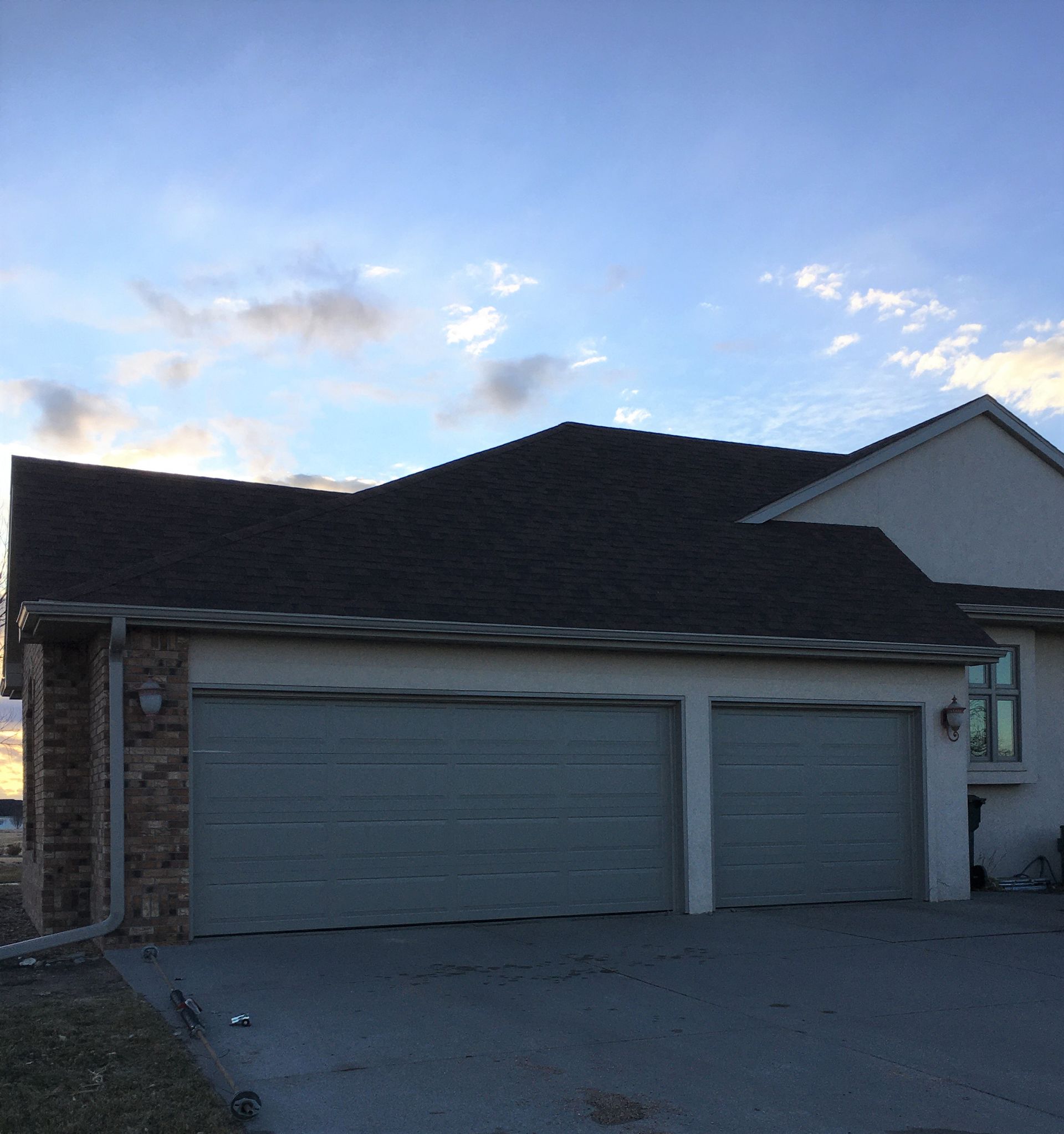The Importance of a Roof Inspection
A professional roof inspection is a crucial aspect of home maintenance that can avoid expensive problems down the line. Your roof faces harsh weather over time, leading to gradual wear and tear. Scheduling a roof inspection helps catch problems early, assess the roof's current condition, and ensure your home remains protected. Whether you’re maintaining your existing home, here’s what to expect during a professional roof inspection.
Step 1: Initial Consultation
The process begins with an initial consultation between you and your roofing contractor. At this stage, you’ll discuss any issues regarding your roof, such as wear and tear. The inspector may ask about the roof’s age and past repairs. This discussion helps focus the inspection on areas needing attention.
Step Two: Ground-Level Inspection
A professional roof inspection usually starts with a visual observation from the ground. This allows the contractor to notice obvious issues like missing shingles. Although ground inspections highlight key issues, a closer look from the roof itself is important for a comprehensive evaluation.
Step 3: Climbing onto the Roof
The next phase involves the contractor getting on the roof. With proper gear, they will examine specific issues like:
- Shingle Condition: Looking for cracked, curled, or missing shingles.
- Roof Penetrations: Examining chimneys, vents, and skylights for leaks.
- Flashing: Ensuring roof joints are intact and watertight.
- Gutters and Downspouts: Confirming they are clear to direct water away.
- Signs of Water Damage: Checking for evidence of leaks, which might point to ventilation problems or water intrusion.
Step 4: Inside the Attic Inspection
If needed, the contractor may inspect your attic to spot hidden problems like leaks or mold. This step helps determine hidden issues that might not appear from the roof itself. Proper attic ventilation is key to avoiding mold growth.
Step Five: The Inspection Report
After wrapping up the inspection, the contractor will share a detailed report. This report explains findings such as leak-prone areas and includes recommendations for repairs or maintenance. They may also advise timelines and cost estimates for addressing the issues.
Why Regular Roof Inspections Are Crucial
Regular roof inspections extend your roof’s life. Damage can escalate if not addressed promptly. Scheduling inspections after major storms ensures problems are caught early, saving you time and money.
Final Thoughts on Roof Inspections
A professional roof inspection is a smart choice to maintain your roof’s condition. Whether you're avoiding future issues, regular inspections are essential. Don’t wait for leaks—schedule an inspection today.
Schedule Your Inspection with Weathercraft Roofing
If you’re looking for roofing experts, Weathercraft Roofing can assist. Our team assesses your roof’s condition and offers the insights you need to keep your home safe.
Request Your Roof Inspection Today